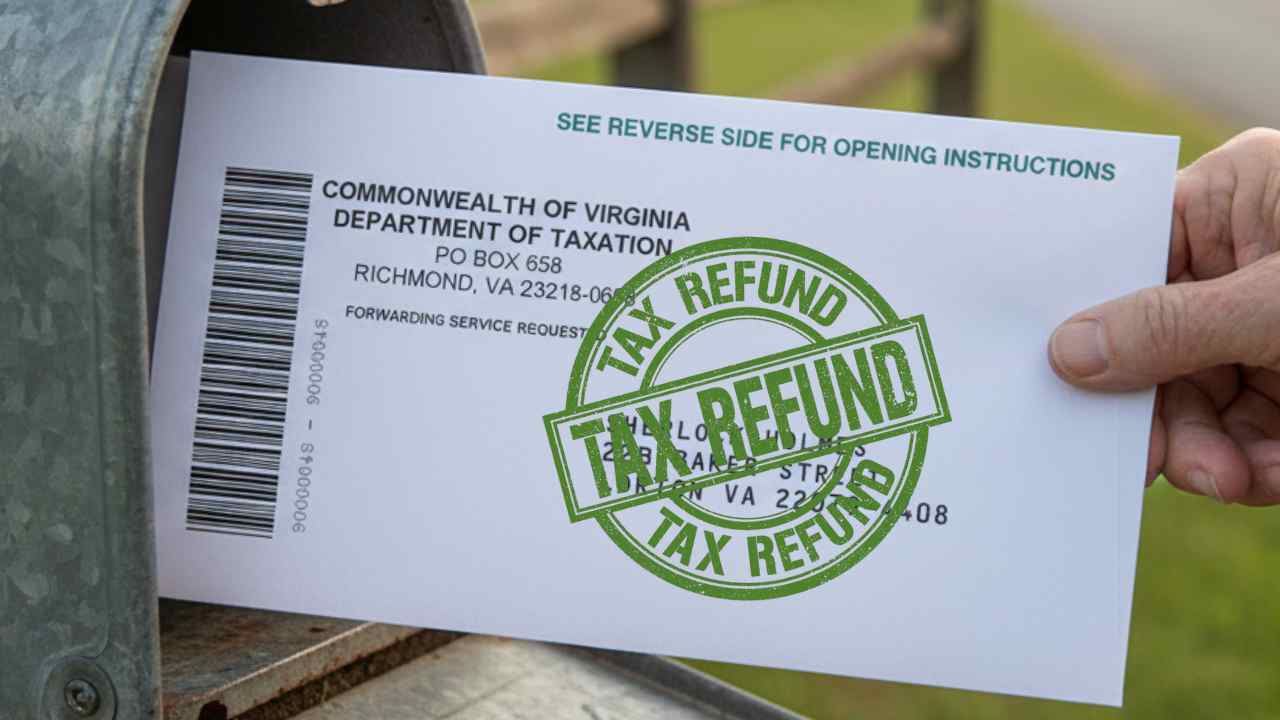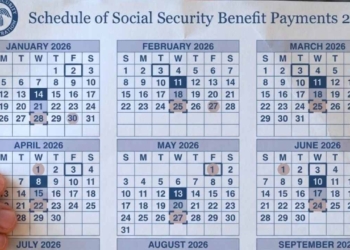The state of Virginia has authorized the issuance of a one-time refund to taxpayers who incurred a tax liability during the 2024 tax year. This measure was formalized through state budget legislation. The Virginia Governor’s administration supported the initiative, which is administered by the Virginia Department of Taxation.
The provision arises as a direct consequence of the consecutive budget surpluses experienced by the state treasury. The underlying rationale, according to official documents, is to “return” a portion of these surpluses to eligible citizens, constituting a form of tax relief.
To implement this return, the General Assembly allocated a specific budget allocation. The allocated funds amount to approximately $977.8 million, which will be channeled through a special distribution mechanism. The execution of this massive disbursement is the responsibility of the state tax agency.
Virginia tax refunds: Eligibility and requirements for the taxpayers
Receipt of the tax benefit is neither universal nor automatic for all residents. Obtaining the lump sum refund is subject to meeting a series of pre-established conditions. The main criterion is that the taxpayer must have had a tax liability in the reference year, after accounting for all applicable deductions and credits. This means that those with a zero balance or who received refunds do not qualify.
Another fundamental requirement is the timely filing of tax returns. Taxpayers must have filed their 2024 state income tax returns within the established legal deadlines. Additionally, the state applies a debt setoff procedure. If a taxpayer has outstanding debts with any state agency, the refund amount may be withheld in whole or in part to settle those obligations.
The process does not require an active application or additional form from taxpayers. Eligibility is determined automatically once the annual tax return is received and processed. Virginia Tax then cross-references the tax information with state debt databases to determine the net amount due, if applicable. Resident status in Virginia is required to qualify for the benefit.
The schedule and amounts for tax refunds in Virginia
The maximum refund amounts have been explicitly set in the budget legislation. For single filers, the maximum refund is $200. For couples who choose to file jointly, the maximum amount doubles, reaching $400. However, the law specifies that the payment cannot exceed the amount of the taxpayer’s residual tax liability.
The payment schedule is directly linked to the date the taxpayer files their return. Those who file on or before July 1, 2025, will receive their refund first. For this group, the state has committed to issuing payments on or before October 15, 2025. This date serves as the initial milestone for the massive distribution of funds.
For taxpayers who file their returns after July 1 but before the extension deadline of November 3, 2025, refunds will be processed in the order in which their returns are received. The budget amendment clearly states that “in no case shall any interest be paid on any refund,” meaning that no interest will be paid for any late payments occurring after October 15. The funds for these payments come from the Income Tax Rebate Fund.
How are the tax benefits being disbursed
The refund payment method will mirror the method taxpayers chose to receive their regular 2024 tax refund. Those who opted for direct deposit on their original return will likely receive their lump sum refund in the same bank account on file.
If direct deposit information is unavailable, the bank account has been closed, or the taxpayer originally received a paper check, the one-time refund will be mailed as a physical check. In cases where debt withholding applies, the taxpayer will receive a written notification detailing the refund amount offset and the state agency to which the funds were allocated.
To qualify, taxpayers must, in practice, file their 2024 return by the deadline. It’s crucial to verify that the return reflects a balance owed to the state after credits and deductions. It’s recommended to check for potential debts owed to state agencies, as these take priority over reimbursement. The “Where’s My Refund?” tool on the Virginia Tax website will be available to track payment status.







